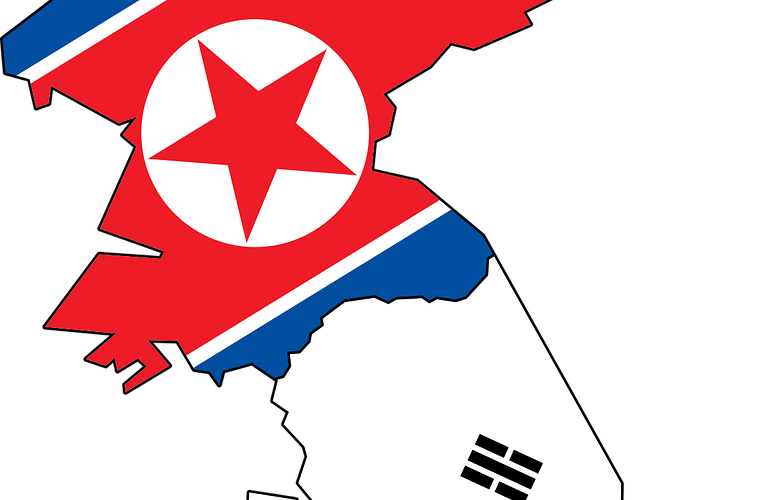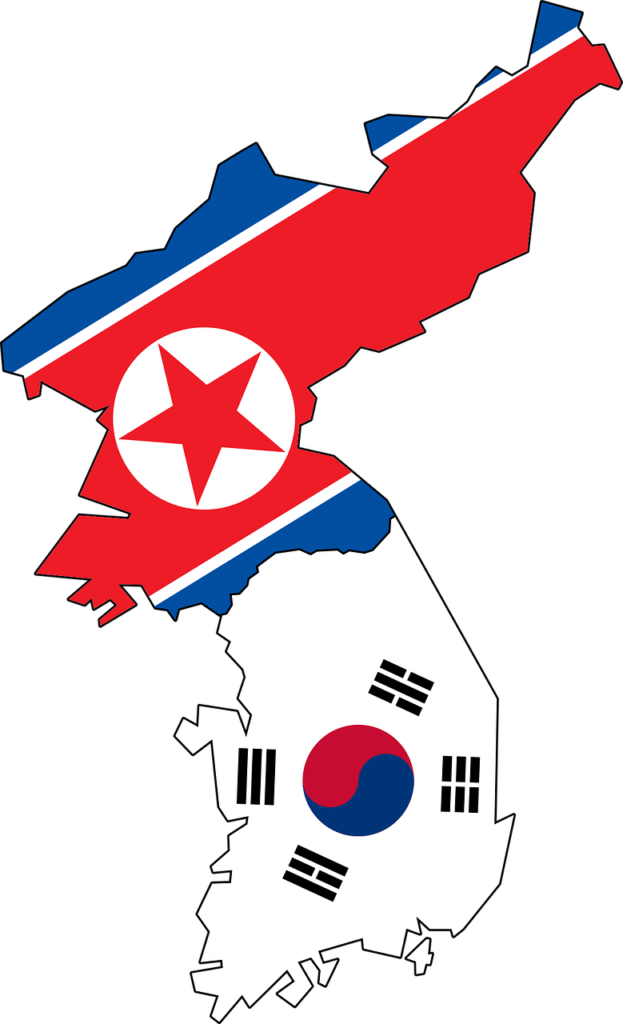Why North and South Korea Divided?

For over 70 years, North and South Korea have remained separated, a consequence of the Korean Peninsula becoming an unexpected battleground amid the escalating Cold War tensions between two opposing superpowers: the Soviet Union and the United States.
Before the division, the Korean Peninsula had a rich history of unity, governed by successive dynastic kingdoms for centuries. However, the peninsula’s trajectory changed after Japan’s occupation following the Russo-Japanese War in 1905 and its formal annexation of Korea five years later. This period saw Korea enduring 35 years of Japanese colonial rule until the conclusion of World War II, marking the beginning of its division into two separate nations.
“The pivotal moment was the decision made—largely without Korean involvement—by the Soviet Union and the United States to partition Korea into two occupation zones,” explains Michael Robinson, a distinguished scholar in East Asian Studies and History at Indiana University, renowned for his extensive work on modern Korea and its historical context.
Why Korea Was Divided?

In August 1945, the nominal allies divided control over the Korean Peninsula. Over the subsequent three years (1945-1948), the Soviet Army and its proxies established a communist regime north of the 38th parallel, while a U.S.-supported military government took shape south of that line.
The policies implemented by the Soviets garnered widespread support among the laborers and peasants in the North. However, many middle-class Koreans chose to flee southward, a significant movement that shaped the demographic landscape of present-day Korea. Meanwhile, in the South, the U.S.-backed regime leaned towards anti-communist, right-wing factions, reflecting a clear ideological divide, as highlighted by Robinson.
“The ultimate goal was for the Soviet Union and the United States to withdraw and allow the Koreans to determine their fate,” Robinson explains. “However, the Cold War disrupted these plans. Efforts to find a middle ground or reunify the peninsula were stymied by the unwillingness of both the Soviet Union and the United States to yield to the other’s interests.”
In 1948, the United States called for a United Nation-sponsored vote for all Koreans to determine the future of the peninsula. After the North refused to participate, the South formed its own government in Seoul, led by the strongly anti-communist Syngman Rhee.
The North responded in kind, installing the former communist guerrilla Kim Il Sung as the first premier of the Democratic People’s Republic of Korea (DPRK) in the capital of Pyongyang.
War between Korean
The Korean War, a devastating conflict lasting from 1950 to 1953 and resulting in the loss of at least 2.5 million lives, failed to definitively resolve the question of which regime truly represented Korea. Instead, it solidified the United States as a lasting adversary for North Korea, particularly due to the extensive bombing campaigns carried out by the U.S. military across the northern part of the peninsula.
“They practically razed the country,” Robinson affirms. “Every city was destroyed.” The armistice that concluded the war maintained the division of the peninsula, leaving a demilitarized zone (DMZ) roughly aligned along the 38th parallel.
Unlike the relatively porous border between East and West Germany during the Cold War, the DMZ between North and South Korea has remained remarkably sealed since 1953. Robinson characterizes this border as “completely sealed,” underscoring how this isolation contributed to the starkly divergent paths taken by the two nations, perpetuating their enduring separation.
Indeed, South Korea, maintaining strong connections to the Western world and with a persistent U.S. military presence, underwent remarkable economic growth, evolving into a thriving economy. Moreover, in recent years, it has made substantial strides towards achieving full-fledged democracy.
Conversely, North Korea remained an isolated nation, often referred to as a “hermit kingdom,” especially after the dissolution of the Soviet bloc in the early 1990s. Economically underdeveloped and operating as a virtual police state, it has been ruled by a single family for three successive generations.
The dedicated pursuit of a nuclear program by North Korea has significantly escalated tensions with South Korea and its allies, notably the United States. This nuclear ambition, coupled with North Korea’s recurrent missile tests and development of nuclear capabilities, has been a focal point of international concern, contributing to heightened regional and global tensions.








